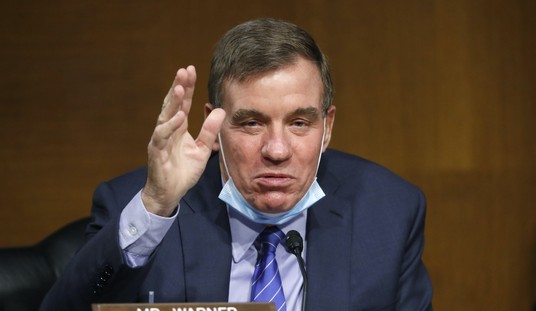It does not take an economics degree from a haughty Ivy League university to understand that the United States is in a very precarious fiscal situation.
The numbers speak for themselves: As of this writing, the U.S. national debt stands at a mind-blowing $36.6 trillion. In fiscal year 2025, the U.S. federal government is on pace to run a $2 trillion deficit. The current debt to GDP ratio exceeds 120 percent, more than double what it was in 1960. This year, the federal government will pay more than $1 trillion in interest payments on the national debt. And, just for good measure, state and local governments have accumulated approximately $3 trillion in total debt.
After digesting all of that bad news, it may seem as if the United States is destined for economic Armageddon. However, that is not necessarily the case. Believe it or not, the United States can put its fiscal house back in order.
Although many economic experts may assert that the only way to solve the present economic crisis is by raising revenue to reduce the annual deficit, this is completely wrong.
The U.S. federal government is awash in tax revenue. Last year, the national government took nearly $5 trillion in taxes from we the people.
Recommended
The real problem is on the spending side: Last year, the federal government spent almost $7 trillion.
Since the mid-2000s, the U.S. government has gone on an uninhibited spending binge the likes of which we have never been seen before, and hopefully, never will again. From costly wars in the Middle East to bailouts for big banks after the 2009 fiscal crisis to Obamacare, the federal government has been far too profligate for far too long.
Fortunately, after decades of reckless spending, it looks like the Department of Government Efficiency is finally putting federal spending under a microscope. However, cutting spending is an arduous process that will likely take years to fully implement.
Plus, unless and until our elected officials grow enough of a spine to at least begin discussing reforms to Medicare, Medicaid, and Social Security, we really are just nibbling around the edges.
On the other hand, reducing tax rates and regulations is much more doable. During President Trump’s first term, he achieved major reductions in regulations, which helped spur economic growth.
Trump’s biggest policy victory, the Tax Cuts and Jobs Act (TCJA), also played a key role in the booming economy before the pandemic brought the nation to its knees.
Although Democrats and mainstream media pundits would have you believe that the TCJA blew a huge hole in the deficit while giving billionaires and millionaires giant tax cuts, the truth is that the TCJA has resulted in more federal revenue and its biggest tax cuts went to lower- and middle-class Americans.
This week, The Heartland Institute released a new policy study titled, “Federal Budget Deficits and the Iron Law of Federal Revenue.”
Here is the headline: “The only way to increase tax revenues is to grow the economy. That will require major reductions in federal tax rates and regulation. That is the only possible solution to the federal debt and deficit problem.”
As the author, S.T. Karnick, argues, “The pursuit of ever-higher ‘taxes’ through higher tax rates and/or taxes on more goods and services fails because raising tax rates and raising tax revenues are completely different. Raising taxes on an activity reduces the amount of that activity.”
Alternatively, Karnick explains, “It is possible to increase tax revenues over the long term by increasing the tax base. The only way to expand the nation’s tax base is through economic growth.”
Since World War II, the United States has significantly cut tax rates three times: during the presidencies of John F. Kennedy, Ronald Reagan, and Trump’s first term. Every single time, total tax receipts increased because the lower tax rates spurred more economic activity.
As Congress mulls extending the TCJA, which would probably include a host of new provisions such as no taxes on tips, overtime, and Social Security, Americans should hope and pray that Republicans are successful.
If they drop the ball and do not extend the TCJA, hardworking Americans will receive a big tax hike, which would almost assuredly result in a painful and unnecessary recession.
As someone who has closely followed politics and studied macro-economic trends for most of my adult life, I must say that it is wonderful that actual spending cuts are on the table.
But austerity alone will not solve the crisis. The only way to get the United States back on a sustainable path is to combine significant spending cuts with reductions in onerous regulations that stifle economic activity while putting more of the people’s money back in their own pockets via tax rate cuts.
It won’t be easy. There will be short-term pain. But if we do not do this sooner rather than later we will only prolong the inevitable while bankrupting future generations.
Chris Talgo (ctalgo@heartland.org) is editorial director at The Heartland Institute.


